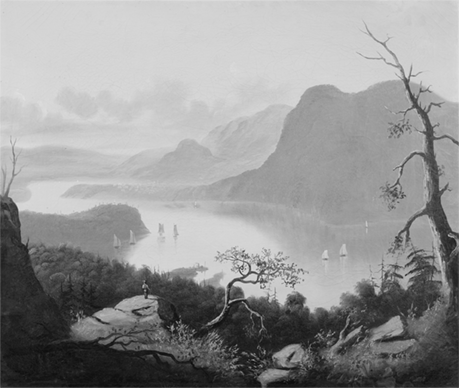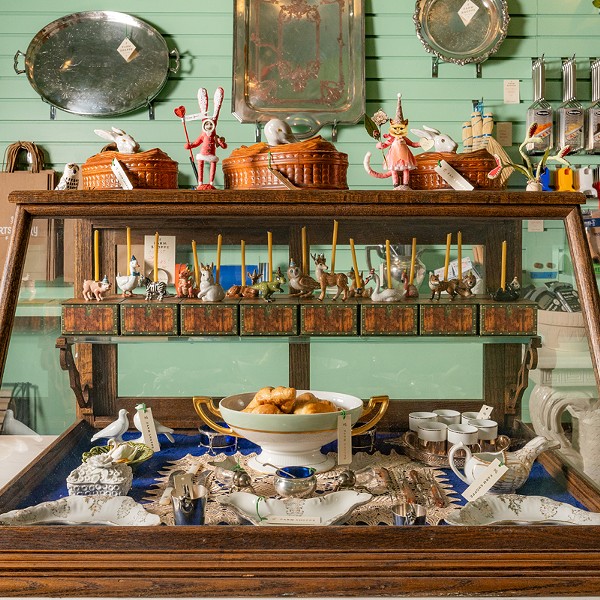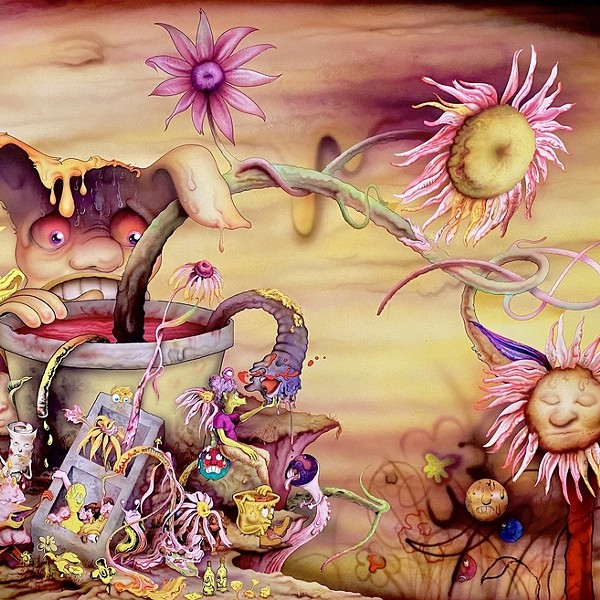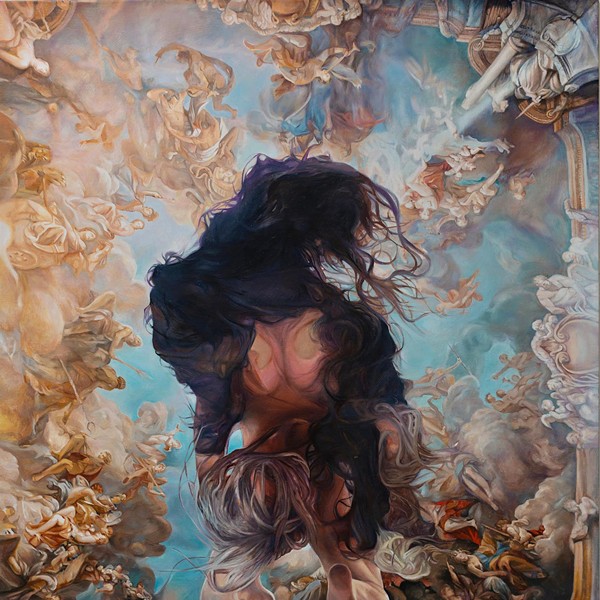In Edmund C. Coates’s Lighthouse, near Caldwell’s Landing, gentle hills rise like green breasts above two full-bellied sailboats. The Victorians had an erotic love of landscape. “This Perfect River-View: The Hudson River School and Contemporaries in Private Collections in the Highlands,” now on view at the Putnam County Historical Society in Cold Spring, collects 43 lush paintings of the Hudson River.
Acting as art-detectives, curator Trudie A. Grace and her assistants found paintings and etchings hidden in private homes throughout the Highlands. Art dealers and antique store owners were their informants, and collectors knew other collectors. One anonymous couple, who have lived in the area for 37 years, lent 18 pieces from their collection.
The Highlands is a 15-mile stretch of the Hudson, from Peekskill Bay to Newburgh Bay. In the gallery, the images are arranged from the Southern Gateway to the Northern Gateway of the Highlands.
“When you look at the actual photographs from the late 19th century, you can see that the artists really emphasized nature’s beauty,” says Grace. “The drama is greatly exaggerated between the mountains and the river. They change the shapes of mountains, so that they’re much more peaked, much sharper, or sometimes more rhythmic in their movement, one behind the other.”
Also, the painters erased signs of human progress: the ferry landing at Garrison, the West Point Foundry, and the railroad along the shoreline. “One writer even notes that there was advertising painted on some of the rocky precipices of the Highlands, advertising all sorts of liquor and tobacco sold in New York,” Grace notes. These early billboards, of course, do not appear in these idyllic artworks.
Tourism, in the sense we now understand it, was just beginning. By 1840, over 100 steamboats traveled the Hudson. The Highlands, just 40 miles north of New York City, were an exotic destination, where steep mountains met the twisting river. Before America had produced great cities and industrial marvels, Americans were proud of the land itself.
West Point was a kind of 19th-century theme park. Tourists stayed at a hotel on the United States Military Academy grounds. In fact, the “perfect river view” is from West Point, facing north, according to Edward Livermore Burlingame in the book Picturesque America (1874).
Because the Hudson winds in the Highlands, the river sometimes appears like an elongated lake in these canvases. The poet William Cullen Bryant wrote of the area around Anthony’s Nose, “The good Hendrick Hudson, as he approaches it, thought for a time that his progress was finally brought to a close, and that the arm of the sea, of which he imagined that he was sailing, had ended here among the hills.”
By the 1860s, the Impressionists in France were bringing their easels outdoors, but Americans still painted in studios. Many of the artists in this show based their works on steel engravings, especially those from the two-volume set American Scenery; or, Land, Lake, and River Illustrations of Transatlantic Nature (1840). Of course, the engravings lacked color, which the painters supplied, sometimes fancifully. The excellent catalog for this show compares the paintings with engravings, and also with photographs of the Hudson.
“This Perfect River-View” will remain at the Putnam County Historical Society in Cold Spring through November 25. (845) 265-4010; www.pchs-fsm.org.

















